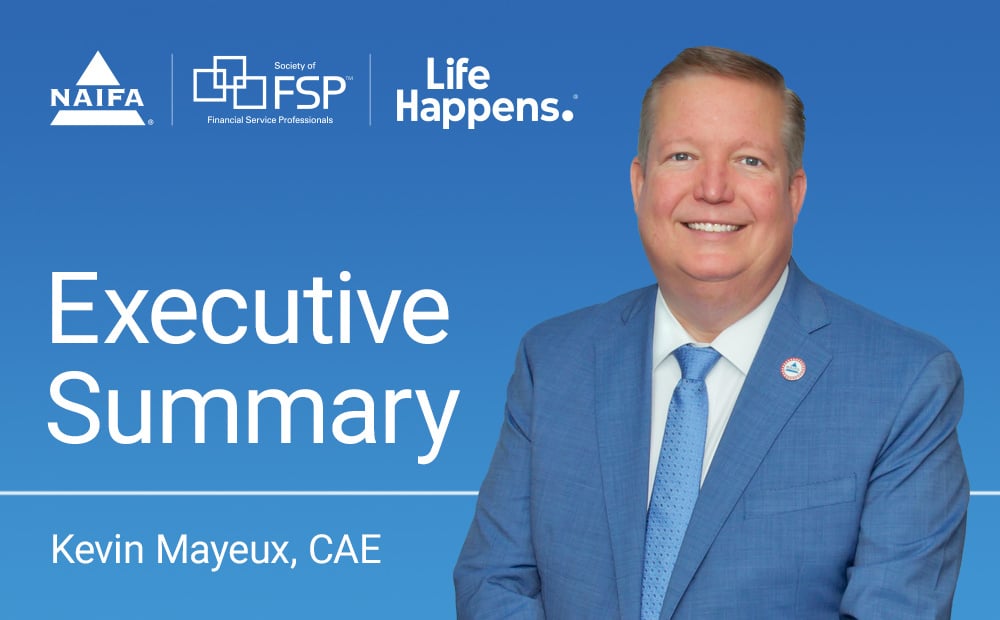More than 181,000 Americans living with disabilities have benefited from the Achieving a Better Life Experience (ABLE) program, which NAIFA has advocated for since it was first enacted in 2014. The program gives people with disabilities and their families access to tax-free savings accounts without affecting their eligibility for federal programs like Medicaid and Supplemental Security Income. Now that key provisions of the ABLE program are set to expire next year, NAIFA strongly supports the efforts of Senators Bob Casey (D-PA) and Eric Schmitt (R-MO) to extend them.
The bipartisan Ensuring Nationwide Access to Better Life Experience (ENABLE) Act, sponsored by Casey and Schmitt, recently passed in the Senate. This legislation would extend expiring provisions that:
- Allow employed people with disabilities to contribute additional amounts to ABLE accounts, which grow tax-free, and use the funds for qualified disability expenses.
- Make individuals with disabilities who contribute to ABLE funds eligible for nonrefundable savers’ credits of up to $1,000.
- Allow individuals with disabilities to roll over funds from 529 education savings accounts into ABLE accounts.
“Thank you to Senators Bob Casey and Eric Schmitt, who are working to ensure that Americans with disabilities and their families have continued access to ABLE accounts and incentives that help them achieve and maintain financial security,” said NAIFA CEO Kevin Mayeux, CAE. “NAIFA applauds all of the Senators who voted unanimously to move the ENABLE Act forward, and we urge the House to quickly follow suit. Senate action on the ENABLE Act offers a great example of how providing financial security to American families is a bipartisan issue that can unite lawmakers from both parties, and NAIFA is pleased to support it.”
Since the ABLE program was created, participants have saved approximately $2 billion in ABLE accounts, which they can use to offset the costs of living with disabilities. A study by the National Disability Institute found that a U.S. household that includes an adult with a disability requires 28% more income to achieve the same standard of living as similar households without disabled individuals.






.png)
